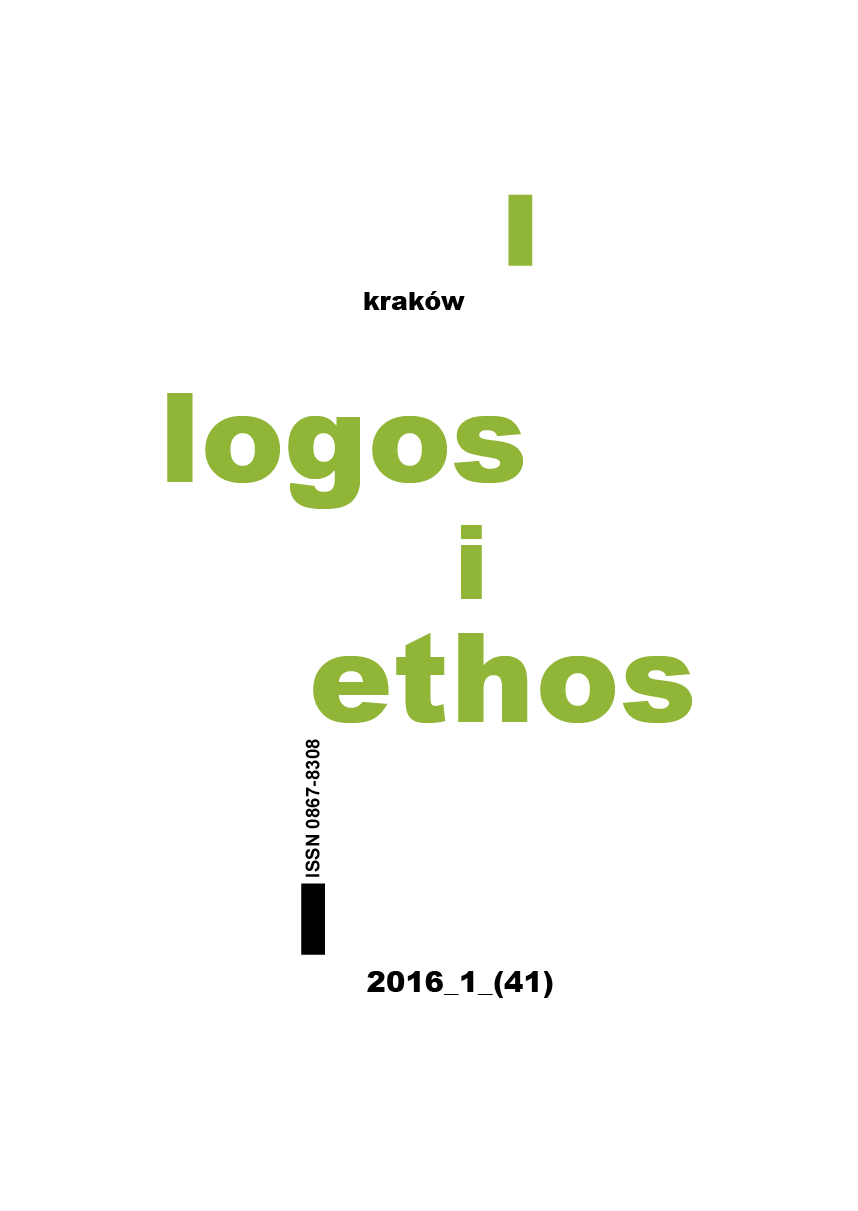Harmonie and synapsis in the thought of Heraclitus
DOI:
https://doi.org/10.15633/lie.1798Keywords:
compatibility, combination, a being brought together, a being brought apart, back‑turning, opposed, bow, order, whole, in harmony, out of harmony, one, everything, wordAbstract
The article attempts to shed light on the meaning of the terms harmonie and synapsis. The motivation for this attempt is the fact that two further terms, sympheron and diapheron, were used in the context of the original two. It might seem that the use of similar terms suggests a similar meaning. Our analyses demonstrated, however, that Heraclitus refers the two terms to different events. In case of harmonie it is the compatibility of two radically opposing elements, whose nature is captured by the phrase in sentence B8, namely: to antiksun. In case of synapsis it is the combination of two elements, i.e. a certain common element, for instance a shared border. The fact that the terms sympheron and diapheron are used to describe both of them may be result of the Heraclitus’ search for a rule (gnome) that rules everything. It may bring a possibility of referring to logos in a direct way.References
Aristoteles graece, ed. I. Bekker, vol. 1 i 2, Berolini 1831. Editio altera quam curavit Olof Gigon, Berolini 1960.
Colli G., La sagesse grecque, t. 3, Combas 1992.
Diels H., Kranz W., Die Fragmente der Vorsokratiker, Weidmann 1989.
Emlyn‑Jones C. J., Heraclitus and the identity of opposites, „Phronesis” 21 (1976), s. 89–114.
Kahn Ch. H., II. A new look at Heraclitus, “American Philological Quarterly” 1 (1964) no. 3, s. 189–203.
Homeri Odyssea, eds. W. Dindorf, C. Hentze, pars I, Lipsiea 1931.
Kirk G. S., Raven J. E., Schofield M., Filozofia przedsokratejska, przekł. J. Lang, Warszawa 1999.
Krokiewicz A., Zarys filozofii greckiej, Warszawa 2000.
Marcovich M., Heraclitus: Greek text with a short commentary, Merida 1967.
Mrówka K., Heraklit, Warszawa 2004.
Platonis dialogi, ed. I. Bekker, p. II, vol. 1, Berolini 1817.
Plutarchi Chaeronensis Scripta moralia, ed. A. F. Didot, Parisiis 1841.
Porphyrius De Antro Nympharum, ed. C. Gesner, Traiecti ad Rhenum 1765.
Poster C., The task of the bow: Heraclitus’ rhetorical critique of epic language, “Philosophy & Rhetoric” 39 (2006), s. 1–21.
Shipton K. M. W., Heraclitus fr. 10: a musical interpretation, „Phronesis” 30 (1985) issue 2, s. 111–130.
Snell B., Heraklits Fragment 10, „Hermes” 76 (1941), s. 84–87.
Snyder J. M., The harmonia of bow and lyre in Heraclitus Fr. 51 (DK), „Phronesis” 29 (1984), s. 91–95.
Downloads
Published
Issue
Section
License
Authors who publish with this journal agree to the following terms:
- Authors retain the copyright and full publishing rights without restrictions, and grant the journal right of first publication with the work simultaneously licensed under a Creative Commons Attribution 4.0 International License that allows others to share the work with an acknowledgement of the work's authorship and initial publication in this journal.
- Authors are able to enter into separate, additional contractual arrangements for the non-exclusive distribution of the journal's published version of the work (e.g., post it to an institutional repository or publish it in a book), with an acknowledgement of its initial publication in this journal.
- Authors are permitted and encouraged to post their work online (e.g., in institutional repositories or on their website) prior to and during the submission process, as it can lead to productive exchanges, as well as earlier and greater citation of published work (See The Effect of Open Access).

